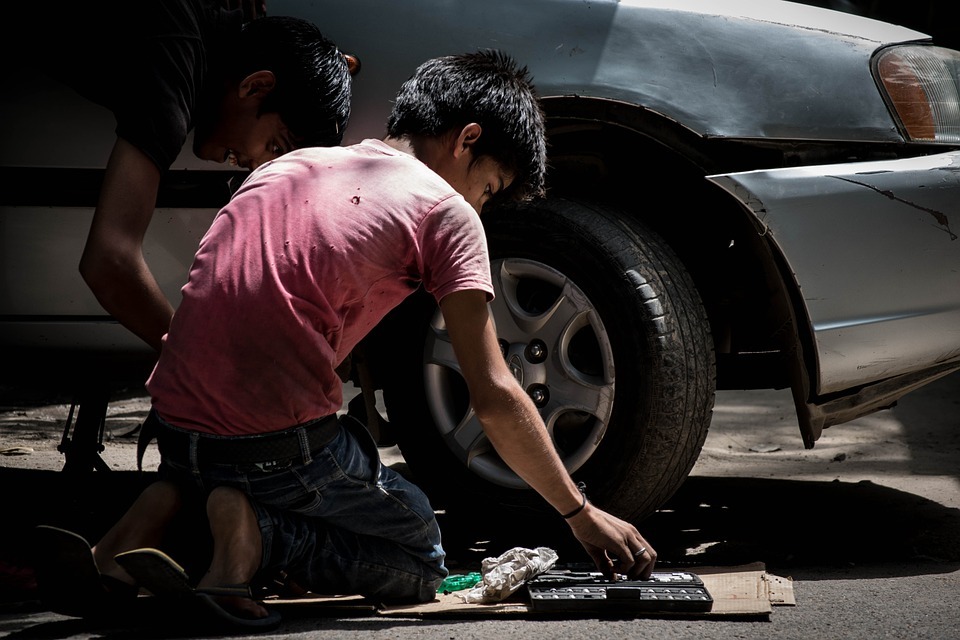Whether during regular driving or high-performance racing, vehicle safety and performance have advanced tremendously over the years and have become essential elements of modern road vehicles. This article will explore how anti-roll bars, also known as stabilizer bars, reduce body roll when cornering and change oversteer and understeer characteristics. We’ll also look at whether you should consider installing them or replace one or two necessary components.
The general idea behind reducing body roll other than the apparent reason of not rolling over is to reduce the weight being transferred to the outside tires in the corner by evening the weight distribution to the remaining tires. This allows for better handling and safety.
So how do stabiliser bars work? In essence, the anti-roll bar connects your suspension components, which involve the control arms and the tire. The two are independent, but when you hit a bump or an elevation change, and one wheel or side goes up, the roll bar will also turn up producing a torque along that bar that forces the other side to move up. In practical terms, to think of it outstretch both arms and turn your hands inwards to touch at the fingertips. Your fingertips represent the connection with the suspension, so imagine one arm gets hit hard. The force will send a ripple raising that arm until the shoulder lifts, and the idea then is having a stiff enough structure to even out the other arm out to the same level, by pushing it up.
As it pushes that up, it’s trying to bring the tire closer to the car to level out the vehicle during a corner. Another option is to change your slip angles after installing anti-roll bars, allowing you to reduce oversteer or understeer. If you’re trying to minimise understeer, you can install a rear sway bar or increase the existing sway bar’s stiffness. Alternatively, you can decrease the stiffness of the front sway bar.
When trying to reduce oversteer, you’re going to do the exact opposite. You’d install a front sway bar or increase its stiffness. You may also remove the rear sway bar or reduce the stiffness, although removing the sway bar altogether is generally not recommended. This may be necessary for high-performance track racing where the track is circular. Therefore, it creates lift in the same area for the drive duration but is generally irrelevant for day-to-day driving.
In many cases, sway bars will last a vehicle’s duration, but it’s useful to know if your car needs a replacement or minor tweaking. If you notice squeaking or knocking sounds, particularly during cornering, the bushings and links may likely need replacement.
The bushings, mounted to the chassis, allow the stabiliser bar to float and react to the car’s movement. Without them, the stabiliser bar would have a rigid connection to the chassis and stop all weight shifting.
On the other hand, the links connect the outer end of the stabiliser bar to the suspension and make the transfer motion with the control arm much smoother.
In summary, a stabiliser bar’s primary role is to reduce body roll, but it also impacts overall handling and weight distribution amongst all tires. Have yours checked, or consider installing stabiliser bars in older cars.

